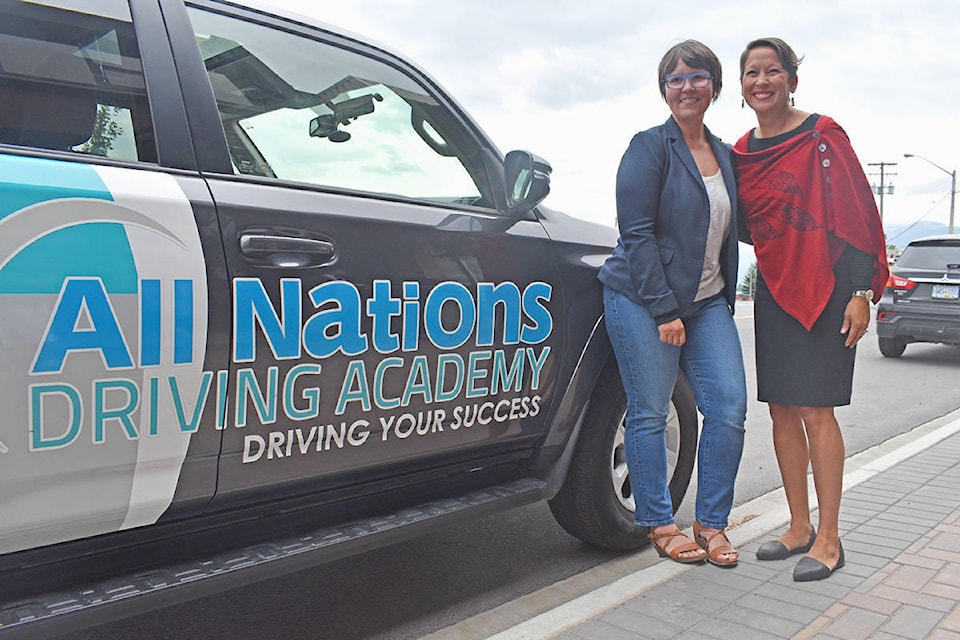New funding announced by the Province will help more than 1,000 Indigenous people in B.C.’s North Coast and Nechako regions get their driver’s licences.
The Province recently announced it would be partnering with Terrace-based All Nations Driving Academy (ANDA) to deliver driver training in rural Indigenous communities aimed at helping Indigenous people with job opportunities and safer travel.
The Province is investing $360,000 in courses and services for people to secure their Class 7 learner and novice driver’s licences. This funding builds upon a previous investment of $80,000 which helped 214 people get the training.
Many Indigenous communities local to the Bulkley Valley have benefited from the initiative, such as the Ts’il Kaz Koh (Burns Lake Band), Lake Babine Nation, Hagwilget Village, Gitanmaax Band and Wet’suwet’en.
Those involved with the initiative said improving access to Indigenous people in the region looking to get their licence was a constant piece of feedback they heard in their consultations with Indigenous groups across the region.
“Improving access to driver training in Indigenous communities was a clear call to action and systemic concern that First Nations leaders have raised with me,” said Melanie Mark, minister of advanced education, skills and training. “Opening doors for individuals in more rural areas provides them access to the training and skills required to be independent members of their communities. This expanded support will also empower Indigenous peoples, especially women, to travel with a greater sense of safety along the Highway 16 corridor.”
Tabitha Monroe, an employment co-ordinator with the Gitlaxtaamiks Village government approximately 100 kilometres north of Terrace said in rural communities a driver’s licence can often be the difference between being able to get work or not.
“For new and single moms, it can also mean being able to get the basic necessities their children need. Having the course in Gitlaxtaamiks has also made it more accessible for parents to get child care and take the time to take the course.”
Access to safe transportation has been identified as an especially-critical issue for women in the area, with Hwy 16 colloquially referred to as the “Highway of Tears” for the high number of unsolved homicide cases which have taken place on it, a disproportionate amount involving Indigenous women or girls.
“Studies have shown that only 5 per cent to 45 per cent of Indigenous peoples living on reserves have a valid driver’s licence, which can significantly reduce options for employment,” said Lucy Sager, CEO of All Nations Driving Academy. “We hear over and over from our participants that obtaining their licence has had a profound impact on their livelihood, helps families stay connected and makes travel safer for everyone.”
Through the next decade, just under 13,000 job openings are expected in the North Coast and Nechako regions.
Funding for the project is through the Indigenous Skills Training Development Fund, which is earmarked to provide $30 million in provincial funding over three years to support Indigenous access to transferrable skills training.
